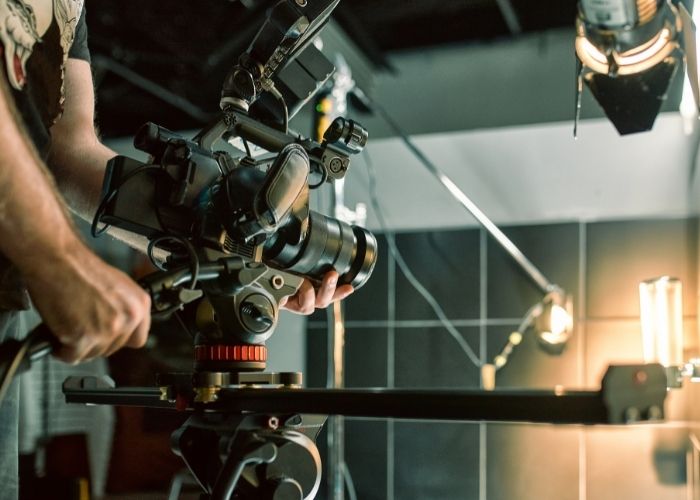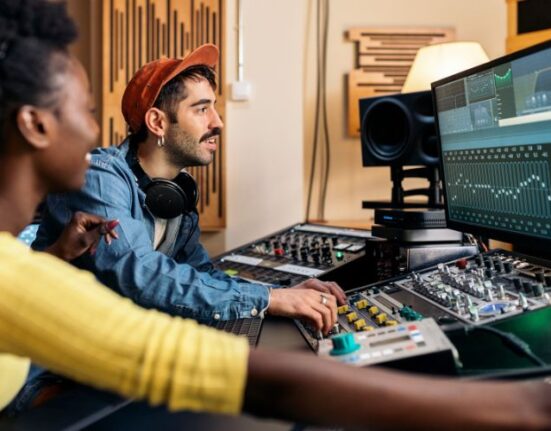Cinematography is often subtle, with gentle camera movements that focus on the actors’ work. But it can also grab you by the collar and pull you into the movie. Think about the last time you gasped, cried, or howled with laughter during a movie. What elements created that effect? Let’s look at how different camera shots can affect an audience. Next time you shoot your own movie, consider these shots to evoke specific emotions in your audience.
Tracking Shots
Filmmakers often use their cameras to guide the audience’s eyes and show them only what they’re meant to see. If you want your audience to get invested in a certain character, follow that character with a tracking shot. It pulls the audience right into their point of view!
Overhead Angles
You can execute these shots from any distance. When you shoot a character up close from overhead, they look small—and perhaps weak. If you start up close and track backwards, you’ll show the audience the sheer scale of the scene and contextualize the character within an enormous space.
But if you want to get up close and personal with a character’s routine, set up an overhead rig above their desk or table. The movement of their hands will pull your viewers into that character’s inner world.
Dutch Tilts
The Dutch angle isn’t actually Dutch at all—it’s German. Director Robert Wiene pioneered this off-kilter shot in his landmark 1920 film The Cabinet of Dr. Caligari. You place the camera at an irregular angle to create a sense of tension and disquiet. If something frightful is about to happen to your characters, shoot them on a diagonal to illustrate that uneasiness and sense of dread.
Zooms
Your camera’s got a built-in feature that can deftly manipulate your audience’s focus. Depending on how quickly you zoom in, you can create a sense of impending doom or sudden shock. Alfred Hitchcock often used slow zoom shots to get the audience focusing on items important to the plot, like Charlie’s ring in Shadow of a Doubt. On the other hand, if your character is shocked or upset, you can zoom in quickly on their face to give your audience that shock, too.
Grab your audience right away by getting creative with the camera work in your next movie. Blend your cinematography with the script, actors, and settings to tell your story effectively. Know how different camera shots can affect an audience and use them to your advantage!

















